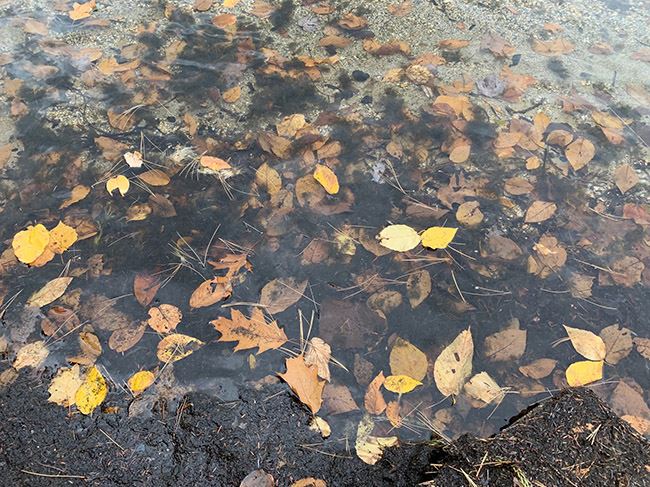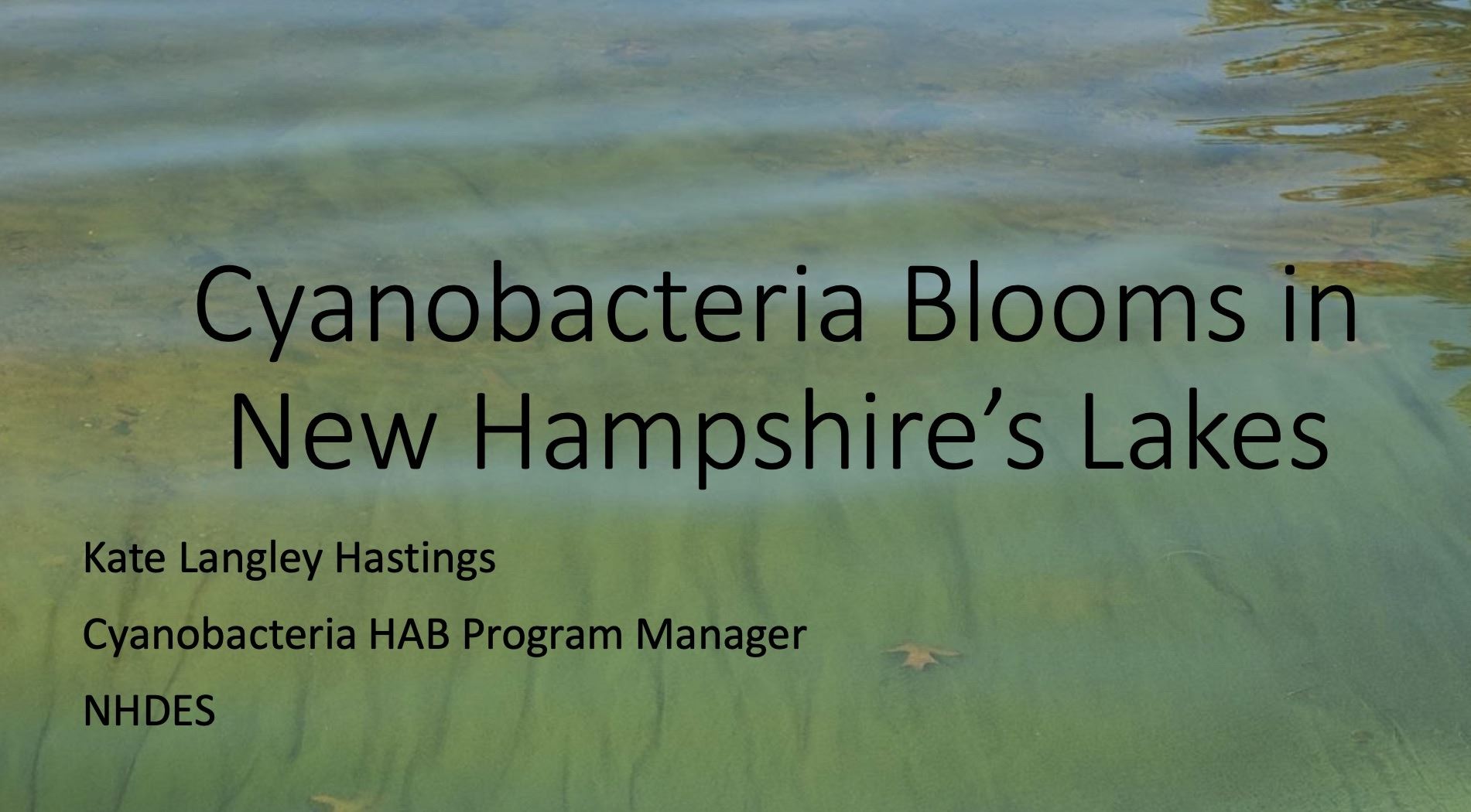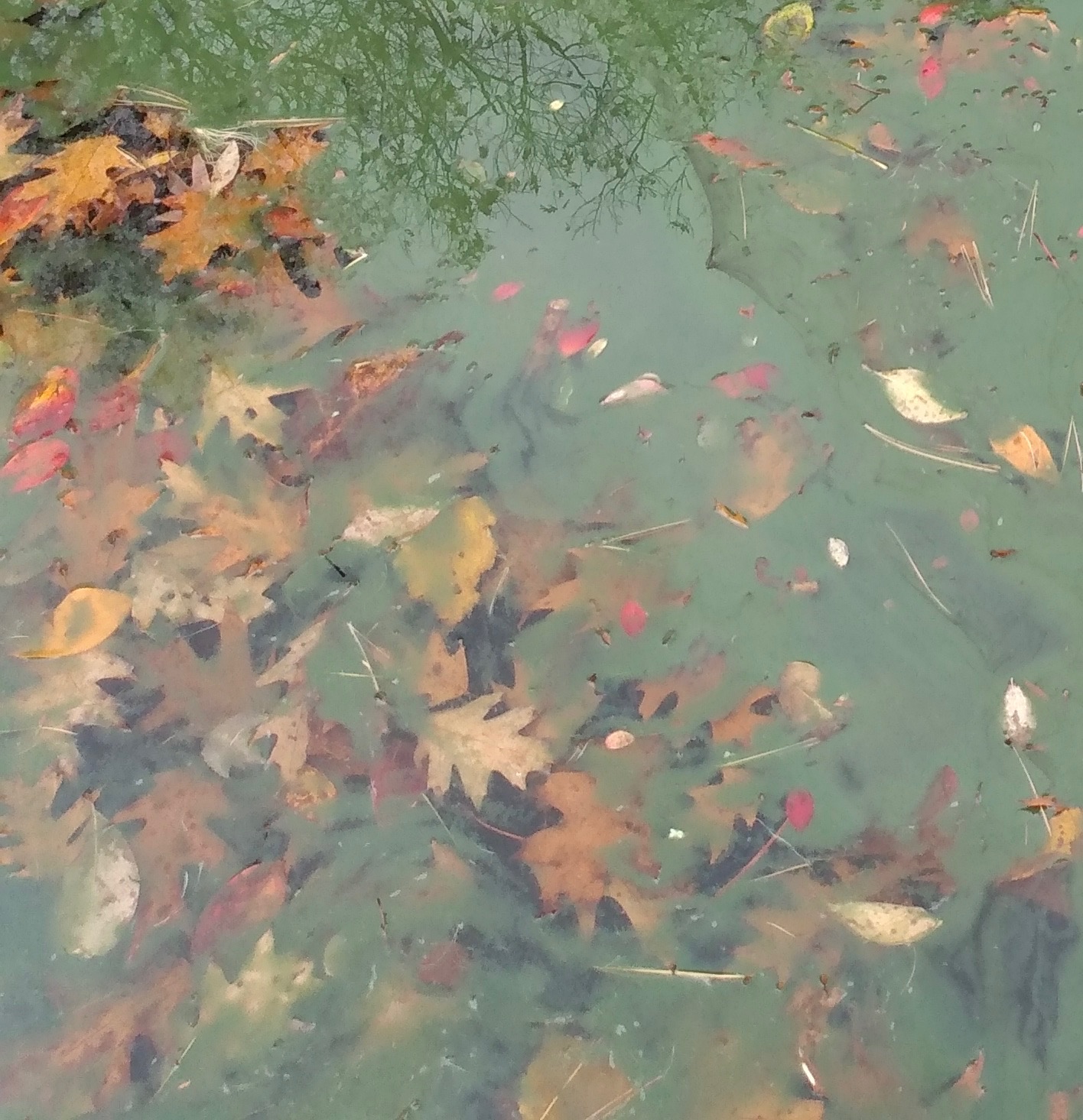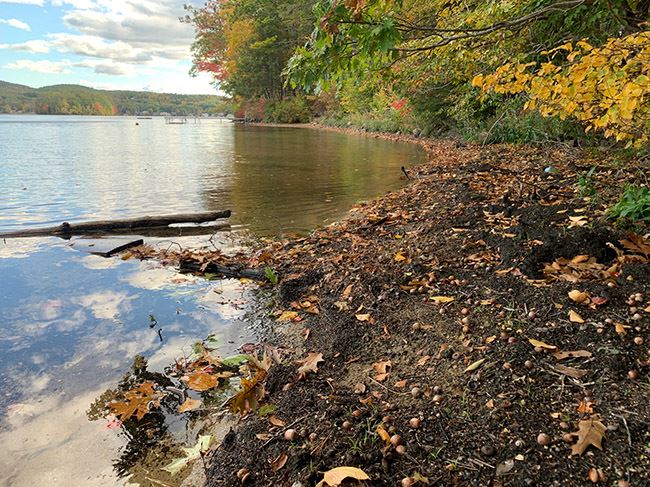The Basics of Cyanobacteria
What are cyanobacteria? Cyanobacteria, there are thousands of varieties, are naturally occurring, typically dormant microscopic organisms found in lakes, streams, ponds and waterways in New Hampshire, the US and around the world. They are also found in extreme environments including hot springs and glacial ice. Historically, low numbers of cyanobacteria have been found in New Hampshire, however the number of blooms are on the rise in NH and around the world. In a July 2021 article, Algal blooms an emerging threat to clear lakes worldwide, the National Science Foundation reports on the widespread nature of the problem and to some of the possible causes. Cyanobacteria, when present at low density cause no recreational or aesthetic problems. The varieties found in Spofford Lake in September 2020 were confirmed by Green Water Labs in Florida as Stigonema, Scytonema, and Tolypothrix, which are less toxic than the previously suspected Lyngbya wollei. What do cyanobacteria and their blooms look like? The particular variety of cyanobacteria found at Spofford Lake in the summer 2020 exhibited on the shoreline as black or dark grey mats, which are believed to have come from the bottom of the Lake or as dispersed floating cells, most readily visible at beach areas, though they also appear naturally in open waters. More commonly, cyanobacteria are known as blue-green algae and are photosynthetic bacteria. When growth conditions are optimal, high concentrations of cyanobacteria cells may form “blooms.” There is no official definition of a bloom in terms of cell density, but a key aspect is dominance of a single type of cyanobacteria. Blooms sometimes appear as green or blue-green flecks scattered in the water, scums that float on the surface, or mats that rest on the bottom, but can occur anywhere in the water column. Blooms that produce dangerous concentrations of cyanotoxins are known as harmful algae blooms (HABs), cyanoHABs, or harmful cyanobacteria blooms (HCBs) and can be dangerous to humans and their pets and wildlife. If cyanobacteria are naturally present, what causes them to bloom and how long do they last? A number of factors create conditions for blooming and the creation of mats: 1) nutrient rich environment, 2) elevated water temperature, 3) abundant sunlight, and 4) calm or stagnant water conditions. Once the blooms occur, wind and water movement carry the bloom to shore where they can accumulate. A bloom can last anywhere from a few days to a few months. What adverse health effects might the cyanobacteria cause? | Alert vs Warning DES has a 2-stage notification system to alert the public of potentially worrisome situations: ⚠️ Alert: After a sighting of potential cyanobacteria, DES will issue an ‘Alert.’ This is intended to put the public on notice while a formal investigation and water sample testing occurs. Alerts may remain in place for some time even though there is no imminent danger. Alerts may be issued and not encompass an entire waterbody, but rather a general area or specific location. 🛑 Warning: DES will issue an 'Advisory' when samples confirm a rate of cells exceeding 70,000/mL. When such occurs, NH DES placards will be posted. Prior to 2023, a warning was referred to as an "Advisory." Visit NH DES Harmful Algal Blooms for more info. |
Should I take any precautions in cleaning my boats, other watercraft, and docks? If the bloom is on my beach, how should I dispose of it? |
|
|  |
Is the cyanobacteria likely to impact downstream areas, for example, properties on Partridge Brook?
While a definitive answer is not known, it seems likely that cyanobacteria entering the Brook would quickly degrade due to dispersion and aeration caused by the flow of water in the brook.
How can the bloom be controlled or prevented in the future?
Property owners should be sure that their property is clear of debris, e.g., leaf buildup, animals, silt and sediment so that organic material doesn't get washed into the Lake.
Algaecides are not permitted to kill the bloom so the best way to control or prevent the bloom over the long term is through continued and aggressive watershed management practices in the Lake zone and the surrounding watershed. Reducing the amount of phosphate and other chemicals, including road salt, entering the Lake is a key component to success.
Spofford Lake residents and homeowners in the watershed area can directly mitigate the potential for cyanobacteria occurrences by taking steps to eliminate runoff, using phosphorous-free fertilizers, e.g., Scott’s Turf Builder Winterguard 32-0-10 Lawn Food. (Look for a zero in the middle position).
What steps has the State taken to manage cyanobacteria in lakes and other waterbodies?
On June 20, 2023, Governor Sununu signed HB 2, which requires the Department of Environmental Services to create a plan to manage cyanobacteria. HB 2 also appropriates $1 million to the cyanobacteria loan mitigation loan and grant fund. To learn about this program, watch NH DES's YouTube video.
Page updated March 24, 2024




